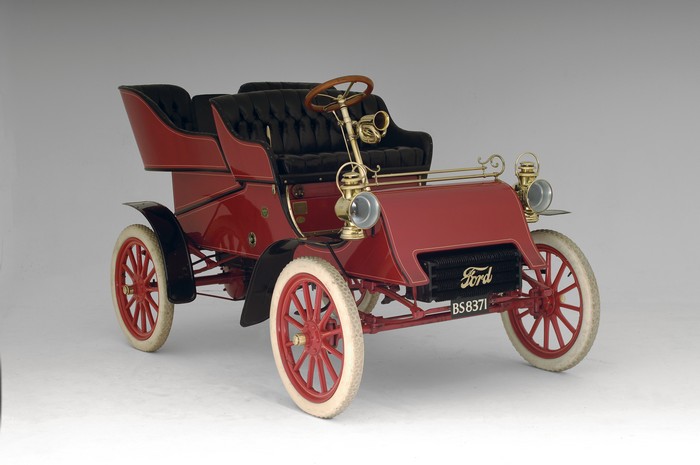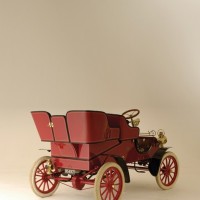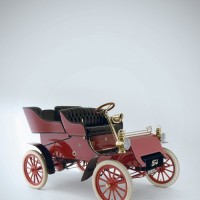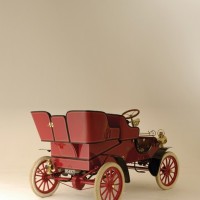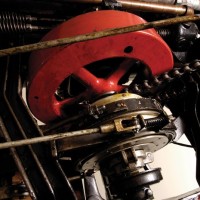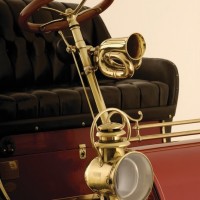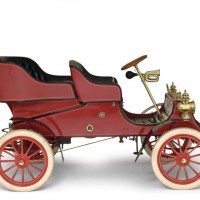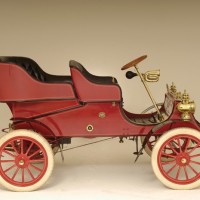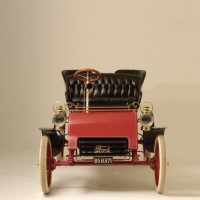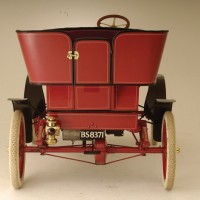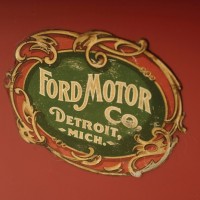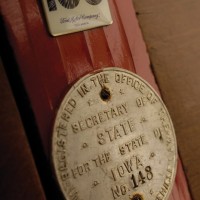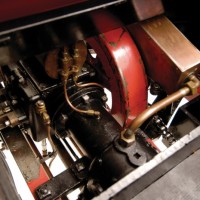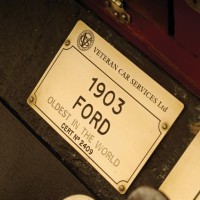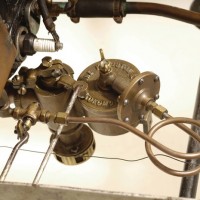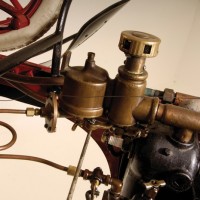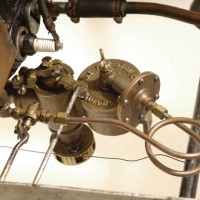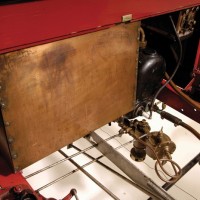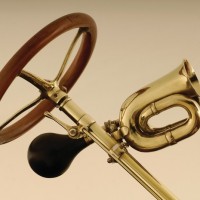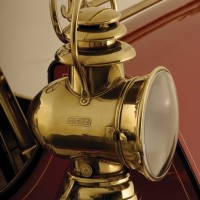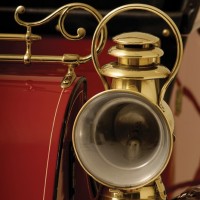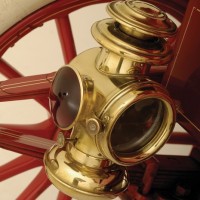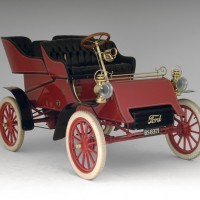SCM Analysis
Detailing
| Vehicle: | 1903 Ford Model A Rear Entry Tonneau |
| Number Produced: | 1,708 |
| Original List Price: | $750 |
| Tune Up Cost: | $350 |
| Chassis Number Location: | Various locations |
| Club Info: | Early Ford Registry |
| Website: | http://www.earlyfordregistry.com |
| Alternatives: | 1904 Chadwick, 1902 Hoffman, 1913 Chevrolet Classic Six |
This car, Lot 189, sold for $264,000, including buyer’s premium, at RM’s Hershey auction on October 11, 2012.
Henry Ford is noted for saying “History is bunk!” Well, bunk or not, the history of the Ford Motor Company may have been very short-lived indeed if it were not for three customers who on July 13, 1903, made payments of $1,320 for their Model As.
At that time, Ford had exactly $223.65 on hand, and even the deep pockets of Alexander Malstrom, Ford’s partner, would not be enough to keep the company afloat.
These three orders kept the company in business, and during the next 15 months, 1,700 Model A Fords would roll out of the Mack Avenue plant. Ford went from being a couple hundred dollars away from closing its doors to a success that changed the course of automotive history. Without those three orders on that fateful Monday, we can only speculate what might have been.
Which of the three was the first?
The three initial buyers received Fords #11, #9 and a Mr. McNary, a butter maker at a creamery in Britt, IA, bought #30. He had sent in a deposit of $170 for his $880 Model A with a rear-entry tonneau body — which was an extra $100.
Determining which of these initial Model As was the first delivered is impossible, as the cars were not produced sequentially, but in batches. Parts were attached to the different chassis, and as Carlton Pate III, author of Pate’s Early Ford Automobile Encyclopedia notes, the cars were stamped with as many as four different serial numbers in different places, which makes it impossible to determine which was the oldest. The in-house Ford archivist, in December 1954, in response to an inquiry from Model A #30’s second owner, replied, “You have every reason to be proud of owning one of the earliest Fords sold… It was the third one actually sold by the company.”
Pate, however, also states that Ford records show that #30 is not the oldest Ford, as at least one other car was shipped that day. Regardless, there is no question that this is the oldest surviving Ford, as the other two have been lost.
Back home after 109 years?
It has had only five owners in the nearly 110 years since it has been built, and it retains its original and extremely rare Kingston carburetor — as well as the coil box that is stamped with the serial number 30. It also participated in the London to Brighton Run in 2003, the year the car turned 100 years old.
This 1903 Ford Model A has had an active life of late. When offered at RM’s January 2007 Phoenix auction, it was acquired by John O’Quinn for $693,000 after spirited bidding with a member of the Ford family.
The Ford family might be feeling some relief now. After O’Quinn’s untimely death, the estate offered it at RM’s August 2010 Monterey sale — where it was bid to $325,000, but the offer was declined. Offered at RM’s Hershey sale, it realized $264,000, which many feel is a more realistic value for the car, and a loss of $429,000.
If the Ford family, as rumored, acquired it, then it is the second significant historic Ford car that they have obtained from the O’Quinn estate at a fraction of his purchase price. If that is, in fact, the case, then the oldest surviving Ford car is in its rightful home. ?
(Introductory description courtesy of RM Auctions.)
